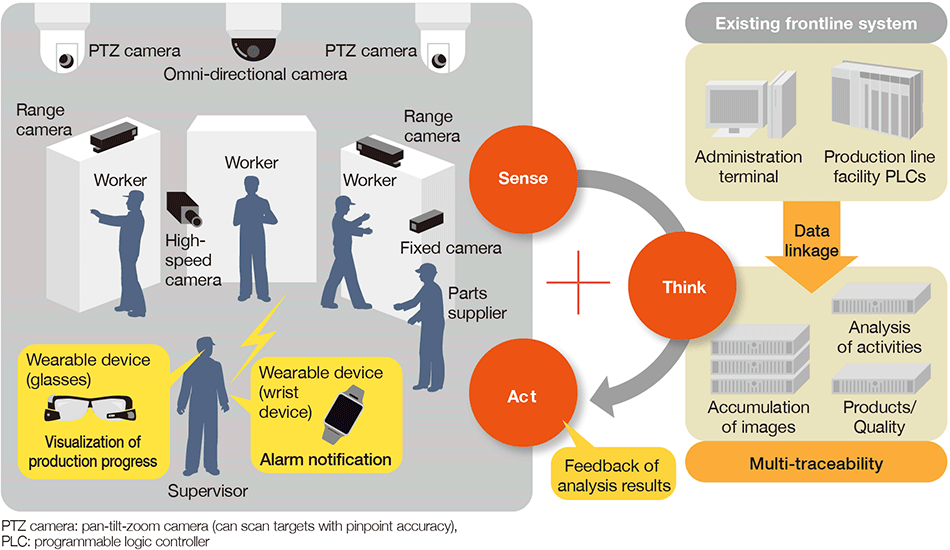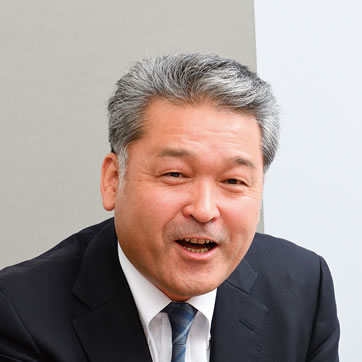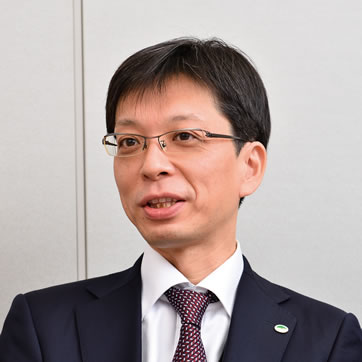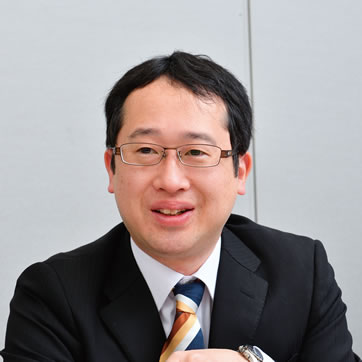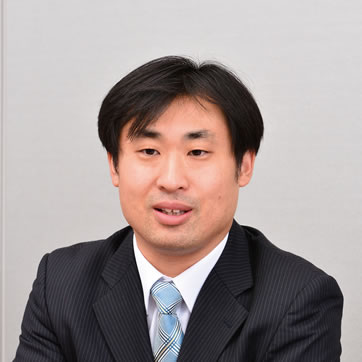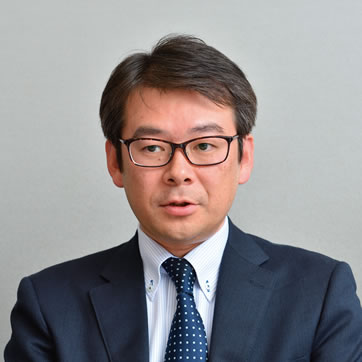Shift in the Management of Product Information from “Point” to “Plane”
Describe the difficulties you encountered during development and your impressions of collaborative creation with the customer.
YoshikawaThe technology we developed is based on image analysis, which means its accuracy can’t be verified without image data from the customer’s front lines of manufacturing. In research and development, a process of trial and error is necessary for accuracy improvement. However, we were unable to stop the actual production line for research and development purposes. We therefore created a mock-up of the front lines of manufacturing in the laboratory. Daicel sent us some veteran workers and we conducted our research and development based on the data gathered from work demonstrated by these workers.
YamadaA major premise of this project was that the introduction of this system would not increase the workload on the front lines and we went to great lengths to come up with ways of linking analysis to the existing work processes. With Daicel’s cooperation, we conducted repeated tests and we were really pleased when we succeeded in linking the analysis image technology to the existing frontline system using logic based on the work time data of each production line facility. It was collaborative creation in the truest sense.
EndoI was impressed by the fact that Daicel and Hitachi were able to conduct development from the same perspective as we are both engaged in manufacturing, thinking about what we needed to do or what we could do for the customers and their end users. There was a deep sense of unity between the engineers of various departments at Hitachi. Moreover, we also got a great deal of pleasure from working together with the customer.
What effect did the system have and how did the customer rate the system?
IsakaPrior to introduction of the system, Daicel could only inspect the quality of workers’ activities and facilities on the inflator production line at certain “points” through the visual inspection of individual lots by supervisors. However, introduction of the image analysis system, which analyzes all man, machine and material processes by capturing them as continuous images, gave the customer an understanding of product information at “all points on a plane.” The system was highly rated by the customer because it prevented human error and significantly improved in-process product quality assurance. In the future, Daicel plans to introduce the system not only to its domestic plants but also to six plants overseas, and hopes to translate this into improvement in quality and productivity globally and optimization of the entire supply chain.



